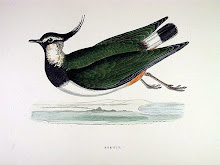 T.W.W. is lucky enough to own the the mug pictured to the right, which it bought from Age Concern on St. Clements for 75p. ‘What a bargain!’ said the man working in the shop, and T.W.W. very much agrees, partly because the mug is:
T.W.W. is lucky enough to own the the mug pictured to the right, which it bought from Age Concern on St. Clements for 75p. ‘What a bargain!’ said the man working in the shop, and T.W.W. very much agrees, partly because the mug is:1. of a birdy nature
2. quite aesthetically pleasing
3. an adequate drinking vessel (although curiously heavy)
4. decorated with a reasonably accurate picture of a CHAFFINCH, our belated bird of 2nd week
but ALSO because it is informative and educational, for on the back of the mug is a little paragraph about the aforementioned chaffinch, along with a picture of some chaffinch eggs. This is what it says:
CHAFFINCH (Fringilla Coalebs)
A small seed eating bird with a short cone shaped bill with cutting edges, sometimes toothed, to assist in crushing their food.
They build open nests in trees or bushes and lay four to six spotted eggs. The brightness of the plumage of most males is enhanced towards the breeding season by the wearing down of the soberly coloured tips and edges of the feathers.
When was the last time you met a mug this knowledgeable? Bargain indeed.




